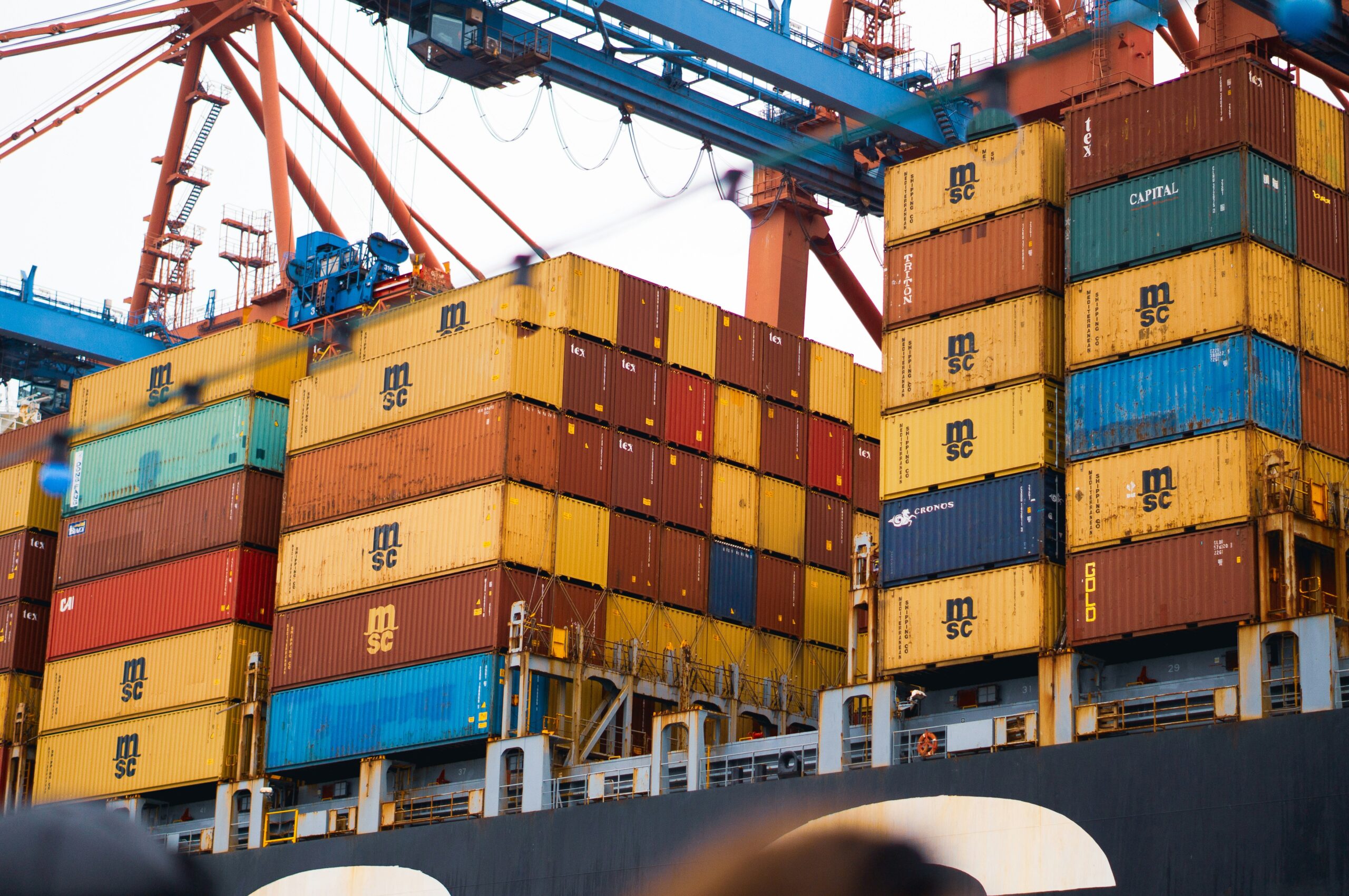Djibouti’s economy is relatively open to trade with other countries. The Republic of Djibouti has reaped the benefits of a free trade policy with other members of COMESA ever since it became a member of the COMESA Free Trade Area in the year 2000. The COMESA rules of origin standards must be met for a product to be eligible for a certificate of origin. This certification is issued by the Directorate of Foreign Trade and Regional Integration within the Ministry of Commerce.
Free zones, special economic zones, and an international free trade zone are all part of the infrastructure that Djibouti is putting in place to increase its exports.
The majority of goods entering and leaving Ethiopia do so through the port of Djibouti in Djibouti. Its primary focus is on re-exporting livestock to the Gulf States, while it also provides trade-in services to nations that are members of COMESA.

Required documents
The procedures and paperwork that must be completed to export from Djibouti differ from one type of export to another, as well as depending on which country the goods are ultimately destined for. The products are not permitted to leave the country until the customs declaration has been filled out, signed, and stamped (EX). You can get these forms from the customs office located at the Port of Djibouti or you can download them from the website of the Djibouti customs department.
There are three separate categories of commodities that are permitted to be exported out of Djibouti according to the country’s legislation governing customs.
Final export (EX1 declaration)
- This operation is made possible as a result of the declaration that has been signed (EX1)
- This operation is made possible as a result of the declaration that has been signed (EX1)
- There will be no increase in tariffs or taxes.
Temporary export (EX2 declaration)
- Temporary export and admittance cannot occur simultaneously.
- Foreign device or equipment repair usually uses a non-guaranteed plan.
When these machines or gadgets are brought back into the country, the capital gain that results from the repair work that was undertaken outside of the country is subject to taxation (declaration number 1). The temporary export permit is issued by the Director General of Customs and Excise upon the request of the interested party, and the Director General sets the validity time depending on the particulars of the business transaction.
Re-export (EX3 declaration)
- It is an activity that involves transporting previously imported goods out of the country.
- The re-export could have been subject to the following customs procedures:
- Temporary admission
- Entry into warehouse
The export procedure
- Making the announcement known to the general public (EX2)
- The acceptance of the declaration
- The visual inspection of the products
- Closing the package (if applicable)
- The order must be signed in Sydonia before the sender’s deadline to collect the shipment.
- The appearance of the T1 virus in the world (road)
Declaration templates
- Codes A description of the model for the declaration
- EX 1 Definitive export
- EX 2 Temporary Export
- EX 3 Re-export
- EX 8 International Transit
- IM 4 Release for consumption
- IM 5 Admission and Temporary Importation
- IM 6 Re-import
- IM 7 Warehouse Entrance
- IM 8 Transit
- IM 9 Other procedures
- VN 1 Export Auction
- NV 4 Auction for local consumption



